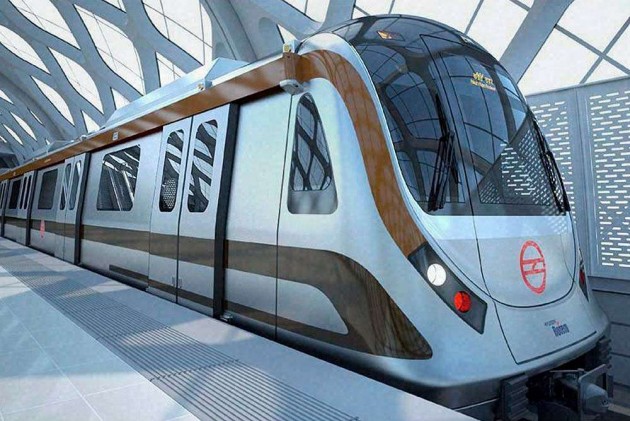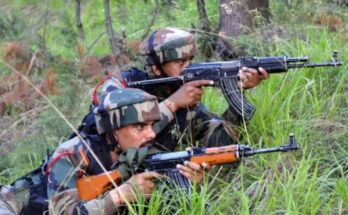
Team News Riveting
New Delhi, December 28
Prime Minister Narendra Modi inaugurated India’s first-ever driverless train operations on Delhi Metro’s Magenta Line today through a video conference.
The Delhi Metro Rail Corporation (DMRC) has been conducting various trials for its new “driverless trains” for the last three years. In September 2017, the Delhi Metro had started full signalling trials of its new driverless trains along a 20-km-long stretch on the Pink Line.
The trials were to test the automation of the new metro trains, equipped with Unattended Train Operations (UTO) and CBTC (Communication Based Train Control) signaling systems, which will significantly increase their frequency.
The ‘driverless’ trains will have six coaches. They will be equipped with several advanced features such as better regeneration of energy during braking, energy efficient sub systems like LED lighting and air conditioning systems. They are designed for a maximum speed of 95 kmph and operational speed of 85 kmph, Delhi Metro had earlier said.
Each coach can accommodate a maximum of 380 passengers, which translates to 2,280 passengers in each train. The cabin-less trains would be able to accommodate 40 commuters more in a six coach train as the driver’s cab will not be required in such trains.
They would run on the over 58-km-long Majlish Park-Shiv Vihar (Line 7) and the over 38-km-long Janakpuri West-Botanical Garden (Line 8) corridors.
After the start of driverless services on the Magenta Line, the Pink Line of Delhi Metro is expected to have driverless operations by the mid of 2021. These trains would be more energy efficient than the earlier trains of Delhi Metro because of improved design features.
“A braking system in which 50 percent of the energy goes back into the grid when the brakes are applied are being used. Today 130 MW of solar power is being used in metro rail, which will be increased to 600 MW,” the Prime Minister said.
With the achievement of Metro Rail without a driver, the country has joined the select countries of the world where such facilities are available, he added.



